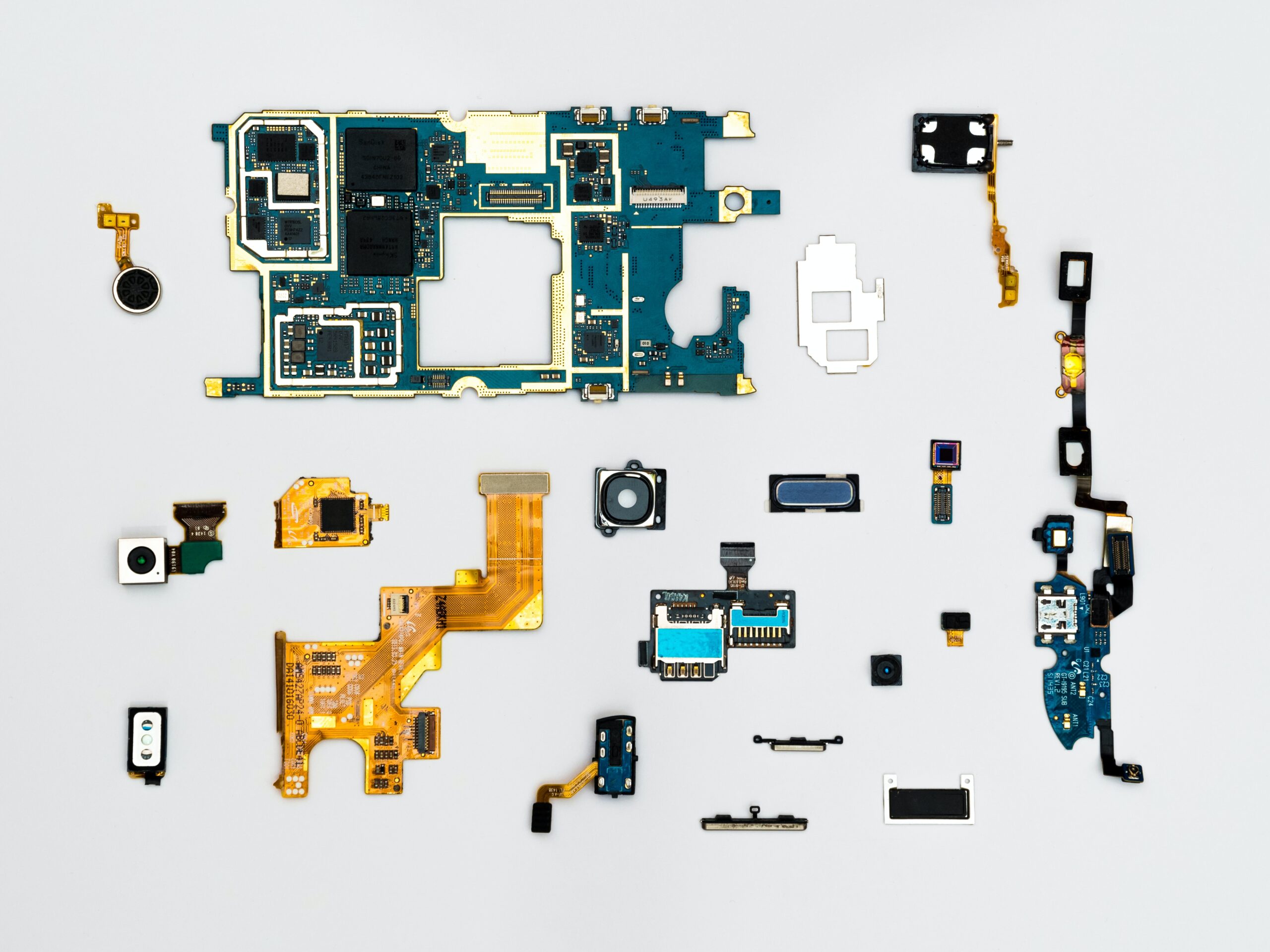The Internet of Things (IoT) is revolutionizing the way we interact with the world around us. It is a network of interconnected physical devices, vehicles, appliances, and other objects embedded with sensors, software, and connectivity capabilities that enable them to collect and exchange data. This interconnectedness allows for seamless communication between devices and the ability to monitor, control, and automate various aspects of our lives.
Applications of IoT: Enabling Smart and Connected Solutions
IoT has found its applications across a wide range of industries, bringing numerous benefits and opportunities. Let’s explore some key domains where IoT is making a significant impact:
- Smart Home: IoT enables homeowners to create intelligent and connected environments. Smart thermostats, lighting systems, security cameras, and appliances can be controlled remotely, optimizing energy consumption and enhancing home security.
- Healthcare: IoT is transforming healthcare by enabling remote patient monitoring, wearable devices, and connected medical equipment. Real-time health data collection allows for proactive patient care, early detection of medical conditions, and improved overall well-being.
- Industrial Automation: IoT plays a vital role in industrial settings, facilitating smart factories and industrial automation. Connected sensors and devices monitor and optimize processes, predict maintenance needs, and enhance productivity and efficiency.
- Transportation: IoT is revolutionizing transportation systems with connected vehicles, intelligent traffic management, and logistics optimization. Smart transportation systems improve road safety, reduce traffic congestion, and enhance fleet management.
- Smart Cities: IoT enables the creation of smart cities with connected infrastructure, intelligent energy management, waste management, and public safety systems. It enhances urban planning, resource efficiency, and quality of life for residents.
- Retail and Supply Chain: IoT enables real-time inventory tracking, smart shelves, and personalized shopping experiences. It streamlines supply chain operations, improves inventory management, and enhances customer engagement.
Challenges and Considerations
While IoT offers immense potential, there are several challenges and considerations that need to be addressed:
- Security: As more devices become interconnected, ensuring the security and privacy of data becomes critical. Robust security measures, encryption, and authentication protocols are essential to protect against cyber threats.
- Data Privacy: Collecting and storing vast amounts of data from IoT devices raises privacy concerns. Effective data governance practices and compliance with regulations are necessary to protect individual privacy rights.
- Interoperability: With a diverse ecosystem of IoT devices and platforms, achieving seamless interoperability and standardization becomes crucial. Interoperability standards and protocols enable different devices to communicate and work together effectively.
- Scalability and Infrastructure: Handling the massive volume of data generated by IoT devices requires scalable infrastructure and robust data management strategies. Cloud computing and edge computing solutions play a vital role in managing and processing IoT data efficiently.
The Future of IoT: Unlocking New Possibilities
The Internet of Things continues to evolve and expand, with new technologies and applications emerging constantly. As 5G networks become more prevalent, the connectivity and capabilities of IoT devices will significantly improve. Artificial intelligence and machine learning will further enhance the intelligence and automation capabilities of IoT systems.
Innovations in IoT will enable transformative solutions in areas such as smart agriculture, environmental monitoring, healthcare robotics, and autonomous vehicles. The potential for IoT to drive innovation, efficiency, and sustainability across industries is vast, and its impact on our daily lives will only continue to grow.
In conclusion, the Internet of Things has the power to connect the physical world to the digital age, transforming industries, improving efficiency, and enhancing our quality of life. Embracing the potential of IoT and addressing its challenges will pave the way for a more connected and intelligent future.
